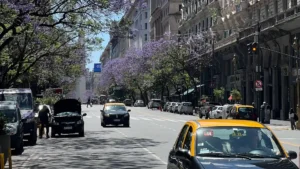
Dólar Blue Argentina 2025: Your Essential Traveler’s Guide to Exchange Rates, MEP, and Western Union
Dólar blue Argentina 2025 explained: learn how to get the best exchange rate with cash, credit cards (MEP), and Western Union. A traveler’s guide.
If you’re gearing up for a trip to Argentina, the term “Dólar Blue” might have caught your attention. Imagine it as the unofficial exchange rate, a parallel system that once played a significant role in the country’s financial landscape.
Fast forward to today, and the currency exchange scenario has undergone a metamorphosis. The Dólar Blue, once a notable player, has experienced shifts. With changes in government and new measures, the Argentine peso experience a devaluation, minimizing the gap between the blue and official rates.
In this era of rapid change, it’s crucial for travelers to be aware of the evolving currency exchange dynamics in Argentina. Before embarking on your journey, stay tuned as we unravel the latest updates, ensuring you navigate the financial landscape with confidence.
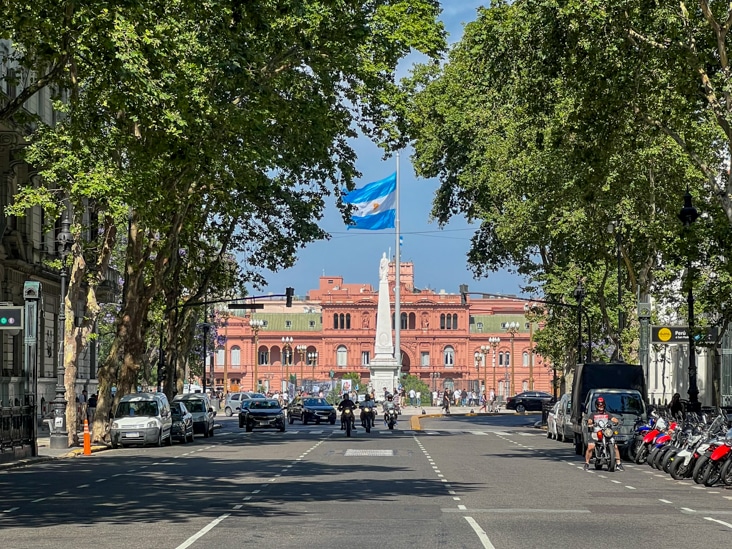
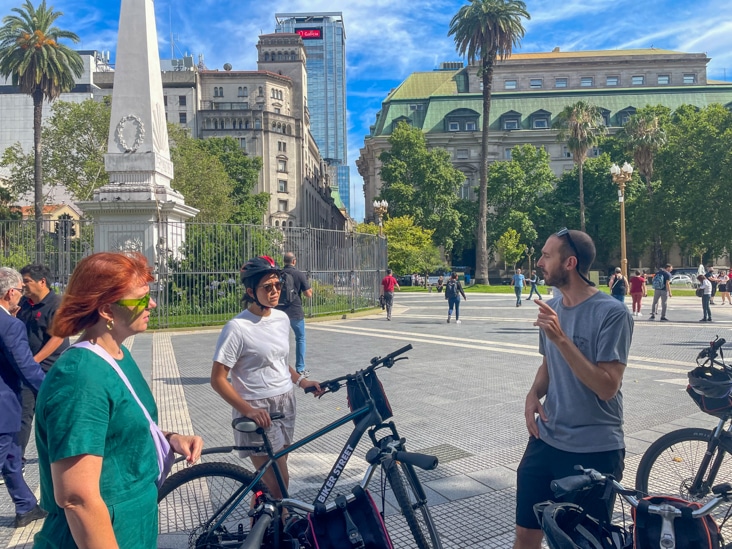
Dólar Blue operates in a parallel market as the unofficial exchange rate, and curiously, it’s socially accepted. This unconventional avenue became crucial for Argentinians seeking dollar notes due to banking restrictions on providing USD notes to local customers.
But why did it catch the eye of travelers? For a while, exchanging USD through this parallel market rate was a traveler’s delight, offering one of the most convenient ways to convert foreign currency into Argentine pesos.
Before December 2023, the difference between the official and blue rates was substantial, sometimes nearing 300%. Recent changes, however, led to a dip in the value of the official Argentine peso, resulting in a much smaller difference between the blue and official rates.
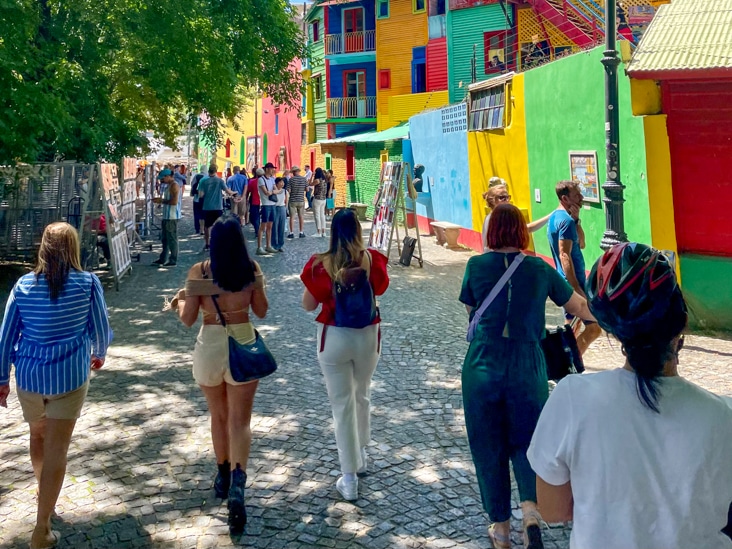
Now, let’s talk convenience. Paying with a credit card is a smart move. Why? The exchange rate used is the dollar MEP, practically on par with the blue. Recently, the exchange rate for foreign credit cards has been slightly more favorable, making card usage an attractive option for savvy travelers.
Apart from that, you won’t need to pre-calculate how much money to convert into pesos. Just ensure you have some pocket money with you and forget about dealing with tons of large bills.
However, bear in mind that not all places are card-friendly, especially smaller spots. It’s wise to have some cash on hand.
In any case, we suggest avoiding taking money out from ATMs. Even though the exchange might not be as good as using a credit card, the bigger problem is the bank fees.
They’re not just a bit high; they’re really high, especially when you think about the small amount of money you can take out. The mix of high fees and low limits makes using ATMs not the best choice when dealing with money in Argentina.

Dólar blue Argentina 2025 explained: learn how to get the best exchange rate with cash, credit cards (MEP), and Western Union. A traveler’s guide.
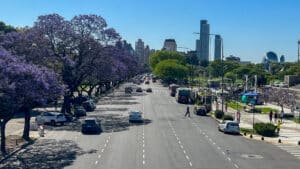
See Buenos Aires in bloom! From October to November, jacaranda trees cover the city with purple flowers, creating a magical spring scene.
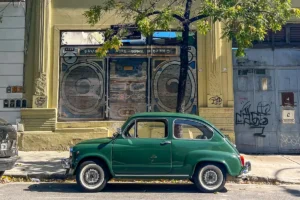
Go beyond the basics with bonus self-guided experiences in Buenos Aires. From tango & fútbol to day trips & markets, discover new ways to dive into local life.
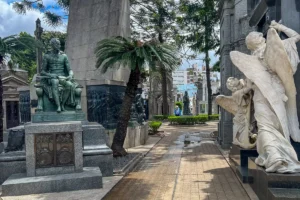
Stroll Recoleta and Palermo on this self-guided tour and see Belle Époque palaces, grand cafés, and elegant streets that earned Buenos Aires its nickname.

Explore Palermo’s green spaces on this self-guided tour. Visit parks, gardens, lakes, and relaxing spots where locals go to unwind and connect with nature.
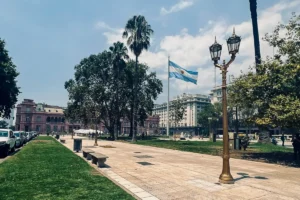
See Buenos Aires’ history come alive on this self-guided route through its civic icons, from the Obelisk to Congreso and the city’s most famous avenues.